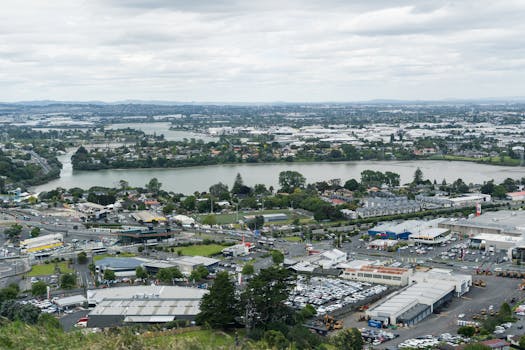
Smart Cities: Urban Trends for 2025
The concept of Smart Cities is becoming increasingly popular as the world becomes more urbanized. With over 50% of the global population living in cities, it’s no wonder that urban planners and policymakers are looking for ways to make cities more efficient, sustainable, and livable. In this article, we will explore the latest trends and technologies that are shaping the future of urban development.
Introduction to Smart Cities
A smart city is a city that uses information and communication technologies (ICT) to enhance the quality of life for its citizens, improve the efficiency of its infrastructure, and reduce its environmental impact. The concept of smart cities is not new, but it has gained significant traction in recent years as cities around the world face increasing pressure to provide better services, reduce costs, and promote economic growth.
Trends and Technologies
There are several trends and technologies that are driving the development of smart cities. Some of the most notable include:
- Internet of Things (IoT): The IoT refers to the network of physical devices, vehicles, and other items that are embedded with sensors, software, and connectivity, allowing them to collect and exchange data.
- Artificial Intelligence (AI): AI is being used in smart cities to analyze data, predict patterns, and make decisions. For example, AI can be used to optimize traffic flow, predict energy demand, and detect crime.
- Big Data: Big data refers to the large amounts of data that are generated by sensors, devices, and other sources in a smart city. This data can be used to gain insights into urban operations, optimize services, and improve decision-making.
- Blockchain: Blockchain is a distributed ledger technology that can be used to secure data, enable transparency, and facilitate transactions in a smart city.
Applications of Smart City Technologies
Smart city technologies have a wide range of applications, including:
- Transportation: Smart traffic management systems can optimize traffic flow, reduce congestion, and improve public transportation.
- Energy: Smart grids can optimize energy distribution, reduce energy waste, and promote the use of renewable energy sources.
- Public Safety: Smart surveillance systems can detect crime, prevent accidents, and improve emergency response times.
- Environmental Sustainability: Smart cities can use technologies such as sensors and IoT devices to monitor and reduce their environmental impact.
Conclusion
In conclusion, the concept of smart cities is becoming increasingly important as the world becomes more urbanized. By leveraging technologies such as IoT, AI, big data, and blockchain, cities can become more efficient, sustainable, and livable. As we look to the future, it’s exciting to think about the possibilities that smart cities can offer.





